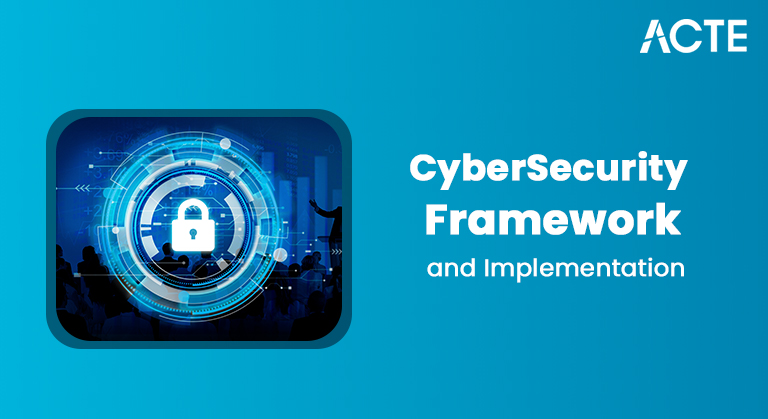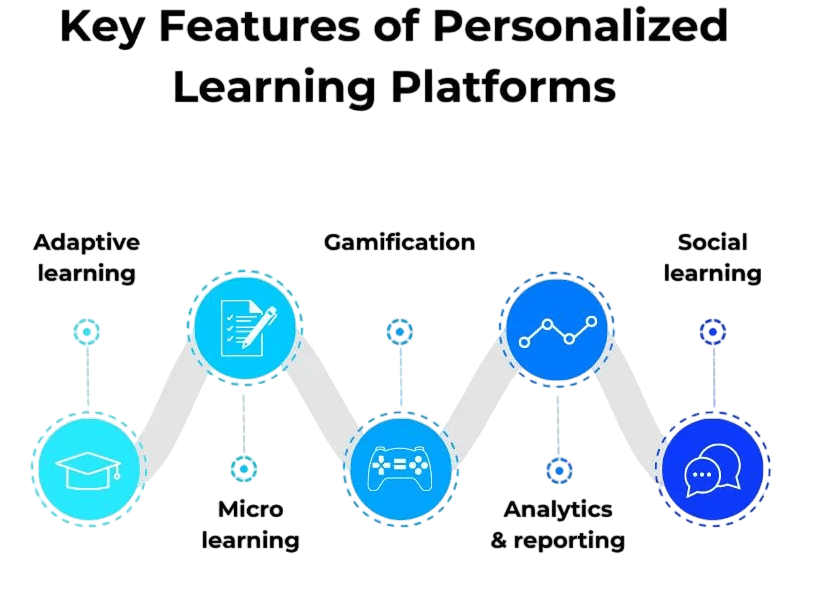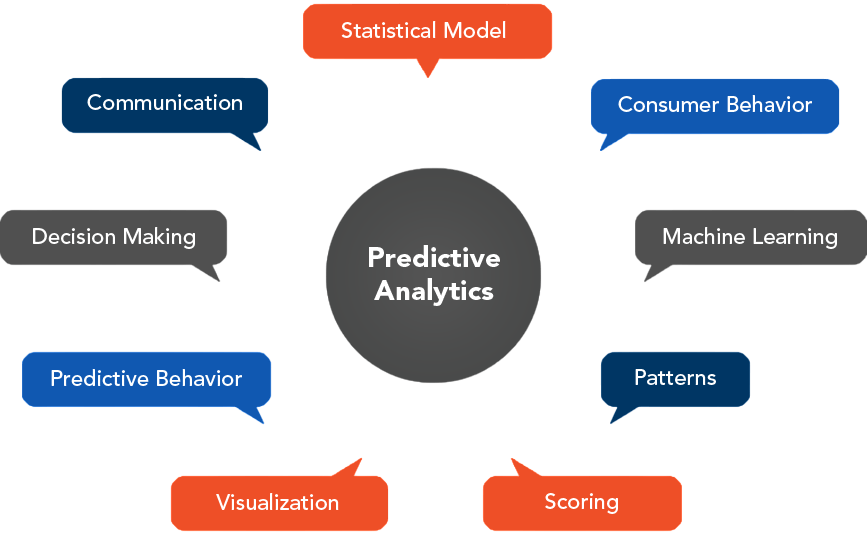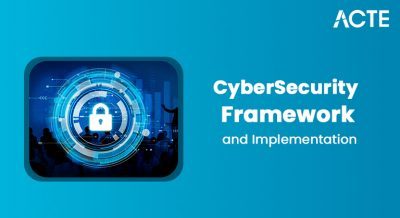
- Introduction to AI in EdTech
- Personalized Learning Systems
- Automated Grading Systems
- Intelligent Tutoring Systems
- Chatbots in Education
- Predictive Analytics
- Virtual Reality with AI
- AI for Special Needs Education
- Ethics and Privacy Concerns
- Challenges in Adoption
- Future Outlook
- Conclusion
Introduction to AI in EdTech
Artificial Intelligence (AI) is dramatically transforming numerous industries, and Artificial Intelligence in Education is no exception. The fusion of AI and education technology (EdTech) is creating smarter learning environments tailored to individual student needs, streamlining administrative tasks, and introducing new forms of interactivity in the classroom. At its core, AI in EdTech refers to the use of machine learning, natural language processing, computer vision, and data analytics to improve educational outcomes. The primary goals of Artificial Intelligence in Education include enhancing learning efficiency, increasing access to high-quality education, reducing educator workload, and providing data-driven insights into student performance. From K-12 classrooms to higher education institutions and corporate training programs, AI technologies are playing an increasingly central role.
Ready to Get Certified in Machine Learning? Explore the Program Now Machine Learning Online Training Offered By ACTE Right Now!
Personalized Learning Systems
One of the most transformative applications of AI in EdTech is personalized learning. Traditional education follows a one-size-fits-all model, which often fails to accommodate diverse learning styles and paces. AI-powered personalized learning systems use algorithms to analyze student performance data and customize lesson plans, pacing, and content delivery.

Personalized learning systems like DreamBox, Smart Sparrow, and Knewton offer adaptive learning environments that dynamically adjust difficulty levels and recommend learning paths based on the student’s progress. These systems can identify knowledge gaps and suggest targeted exercises, improving both engagement and outcomes. Machine learning models analyze variables such as time spent on questions, accuracy, and behavioral patterns to make real-time recommendations. As a result, students receive individualized instruction that maximizes comprehension and retention.
Intelligent Tutoring Systems
- Intelligent Tutoring Systems (ITS) go beyond static instruction by simulating a one-on-one tutoring experience. These AI-driven platforms provide adaptive support, hints, and feedback as students solve problems, much like a human tutor would.
- Systems like Carnegie Learning’s MATHia and ALEKS utilize AI to create a Socratic learning loop, asking probing questions and guiding students through their problem-solving journey. These tools build detailed student models that track proficiency and personalize instruction accordingly.
- ITS are especially beneficial in STEM fields, where step-by-step problem-solving is common. They enhance student engagement, help build confidence, and foster a deeper understanding of complex topics.
- Combining AI with Virtual Reality (VR) creates immersive, intelligent learning experiences. While VR provides spatial, experiential learning, AI enhances it with real-time adaptability and assessment.
- For example, an AI-VR system can track a student’s gaze, responses, and movements to adapt scenarios and provide feedback. In medical training, AI-driven VR simulations help students practice surgeries and diagnose conditions under realistic conditions.
- Similarly, history classes can be brought to life with VR tours of ancient civilizations, where AI adds interactive narration and quizzes based on student behavior. Platforms like Labster (for science education) and ENGAGE (for virtual classrooms) are integrating AI and VR to offer hands-on learning in safe, cost-effective virtual environments.
- Data Privacy: AI systems collect vast amounts of student data, raising concerns about consent, data ownership, and potential misuse.
- Bias and Fairness: AI models can inadvertently reinforce existing biases in educational assessments or recommendations if trained on biased data.
- Transparency: Many AI models, particularly deep learning ones, are “black boxes,” making it difficult to understand how decisions are made.
- Surveillance: Continuous monitoring of student behavior, even for educational purposes, can infringe on personal freedom and create stress.
- Infrastructure: Many schools, particularly in developing regions, lack the digital infrastructure and high-speed internet required for AI tools.
- Cost: Developing and maintaining AI systems can be expensive, limiting accessibility for smaller institutions.
- Teacher Training: Educators need training to effectively integrate AI into classrooms. Without proper support, they may resist adoption.
- Equity Issues: Over-reliance on technology can widen the gap between students with and without access to digital tools.
- Trust and Reliability: Educators and parents may be skeptical of AI recommendations, especially when outcomes are not easily explainable.
- AI-Driven Content Creation: AI will increasingly generate personalized assignments, quizzes, and even virtual instructors based on student data.
- Multimodal Learning Analytics: Analysis of voice, gesture, facial expressions, and behavior will provide richer insights into student engagement.
- Hybrid Human-AI Teaching: Educators and AI will co-teach, with AI handling routine tasks and teachers focusing on mentorship and creativity.
- Global Learning Ecosystems: AI will help bridge global education gaps by providing real-time translation, remote tutoring, and adaptive curricula tailored to diverse needs.
To Explore Machine Learning in Depth, Check Out Our Comprehensive Machine Learning Online Training To Gain Insights From Our Experts!
Chatbots in Education
AI-powered chatbots are increasingly being used in educational settings to provide instant support for students and administrative tasks. These bots can answer frequently asked questions about enrollment, class schedules, deadlines, and even provide academic assistance. For example, Georgia State University uses a chatbot named “Pounce” to communicate with students about admissions and financial aid. It reportedly helped reduce summer melt (when admitted students fail to enroll) by over 20%. In learning environments, chatbots can serve as virtual teaching assistants answering common questions, guiding students through lessons, and even offering motivational messages. They’re available 24/7, ensuring students have access to help whenever needed.
Predictive Analytics
Predictive analytics in EdTech leverages AI to identify patterns and forecast student performance, dropout risks, and other critical educational metrics. These systems analyze historical and real-time data, including attendance, grades, participation, and engagement. Institutions use these insights to implement timely interventions.

For instance, if a student shows signs of falling behind, advisors or educators can step in early to offer support or counseling. This data-driven approach helps improve retention rates and academic success. Moreover, predictive models assist in curriculum planning and resource allocation by anticipating course demand and identifying high-impact teaching strategies. AI-driven platforms like Civitas Learning and IBM Watson Education offer robust predictive analytics tools for educational institutions, enabling more informed decision-making at both student and system levels.
Virtual Reality with AI
Looking to Master Machine Learning? Discover the Machine Learning Expert Masters Program Training Course Available at ACTE Now!
AI for Special Needs Education
AI offers significant benefits for students with special needs, providing customized support and enhancing accessibility. Through speech recognition, text-to-speech, and computer vision technologies, AI can help students with visual, auditory, cognitive, or physical disabilities. Tools like Microsoft’s Immersive Reader assist dyslexic students by modifying text display, reading aloud, and offering language translation. AI-powered communication devices such as Tobii Dynavox use eye-tracking to help non-verbal individuals communicate. Furthermore, adaptive software can adjust lesson delivery based on the student’s interaction patterns, ensuring a more inclusive learning environment. Machine learning algorithms can also help detect learning disorders early, enabling timely intervention and support.
Ethics and Privacy Concerns
Despite its potential, AI in EdTech raises important ethical and privacy concerns. These include:
To address these concerns, EdTech companies and institutions must implement transparent data governance policies, prioritize ethical AI practices, and adhere to legal frameworks like FERPA (in the U.S.) and GDPR (in Europe).
Preparing for Machine Learning Job Interviews? Have a Look at Our Blog on Machine Learning Interview Questions and Answers To Ace Your Interview!
Challenges in Adoption
While AI holds promise for education, its widespread adoption faces several hurdles:
To overcome these challenges, governments and institutions must invest in digital infrastructure, promote AI literacy, and ensure equitable access.
Future Outlook
The future of AI in EdTech is rich with possibilities. Key trends include:
As technology evolves, the goal is not to replace teachers but to empower them. AI will serve as an assistant, augmenting human intelligence and making education more accessible, equitable, and effective.
Conclusion
Artificial Intelligence in Education is reshaping how education is delivered, consumed, and managed. From personalized learning to predictive analytics, the integration of intelligent systems has the power to elevate educational experiences for all stakeholders. However, it also brings ethical dilemmas, infrastructural challenges, and the need for cautious implementation. As we move forward, collaboration between educators, technologists, policymakers, and students will be key. The future of Artificial Intelligence in Education lies not in replacing the human touch, but in enhancing it through intelligent, responsible, and inclusive AI.


